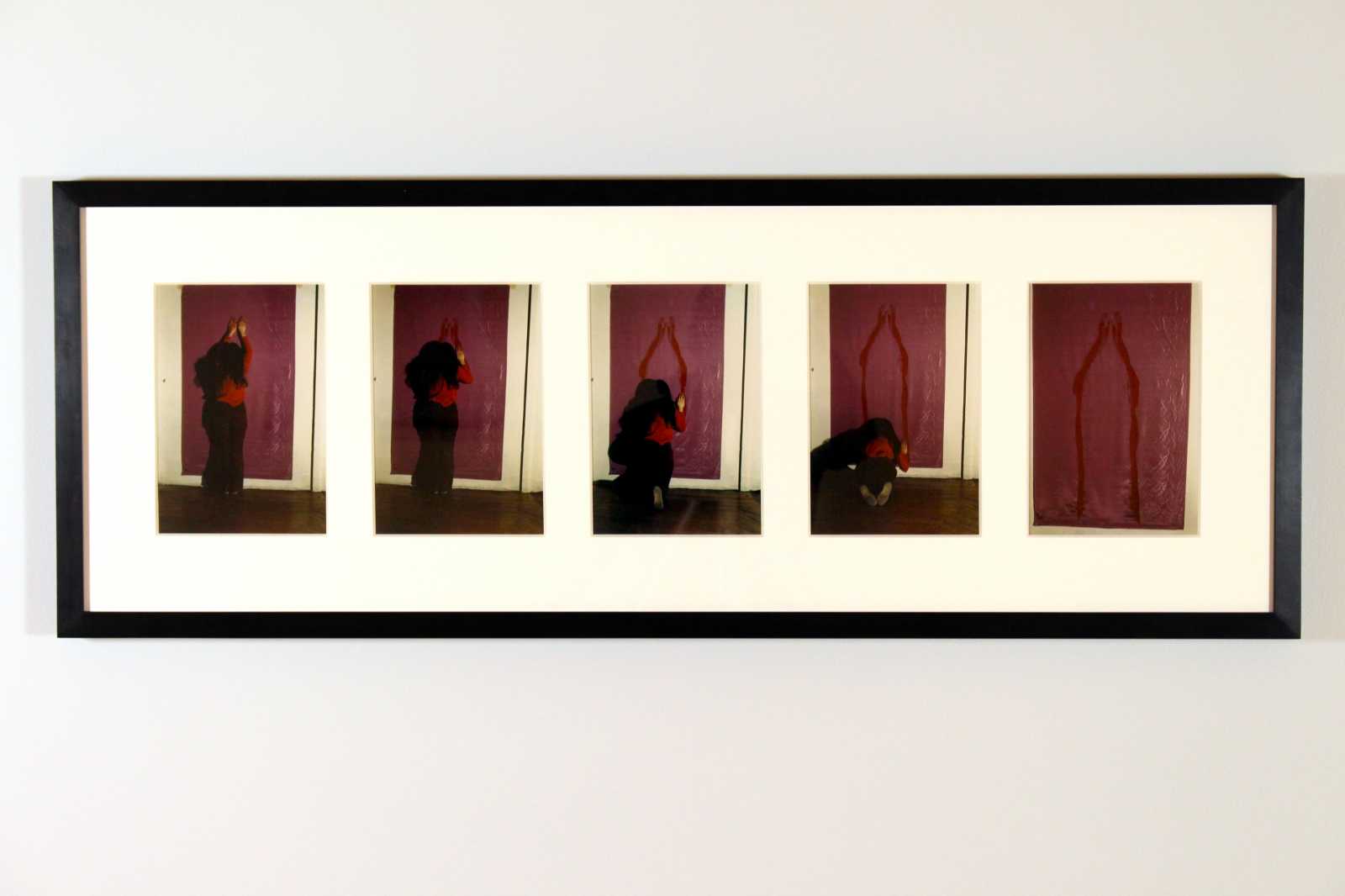Ana Mendieta
A ground-breaking Cuban-American artist, Ana Mendieta produced work that profoundly impacted performance and body art of the 1970s as well as feminist aesthetics. Born in Havana to a prominent family, Mendieta immigrated to the United States in 1961 at the age of 12. She studied at University of Iowa where she earned multiple degrees (BA 1969, MA 1977, MFA 1977). Although she worked in Cuba, Mexico, and Italy during her lifetime, her primary residence from 1978 until her death in 1985 was New York. She died at 36; her husband, the sculptor Carl Andre, was accused of pushing her out of a window of their 34th-floor apartment in Greenwich Village but was acquitted of murder charges. Her Cuban identity (especially Afro-Cuban traditions) and separation from her parents and homeland had a strong influence on her work, which reflects strong emotions of loss, rage, and displacement. Her Cuban identity (especially her Afro-Cuban heritage) and separation from her parents and homeland had a strong influence on her work, which reflects strong emotions of loss, rage, and displacement.
Mendiata performed Untitled (Body Tracks) a number of times, beginning in 1974. In this short performance piece of one-minute and ten seconds, she silently executes a powerful wall drawing: with blood-stained hands and forearms raised above her head, she gradually slides down onto her knees, tapering the stained markings to a place where they meet at the bottom of the wall. The resulting marks are a record of her presence through the tracks or marks her body left. These photographs are stills from a filming of the performance.
Ana Mendieta (Cuban, 1948-1985), Untitled (Body Tracks), 1974, color photographs, 17 x 46 inches, edition No.9 /10. Collection of Steve Johnson and Walter Sudol, Courtesy of Second Ward Foundation, L.2019.58. © The Estate of Ana Mendieta Collection, courtesy Galerie Lelong, New York

